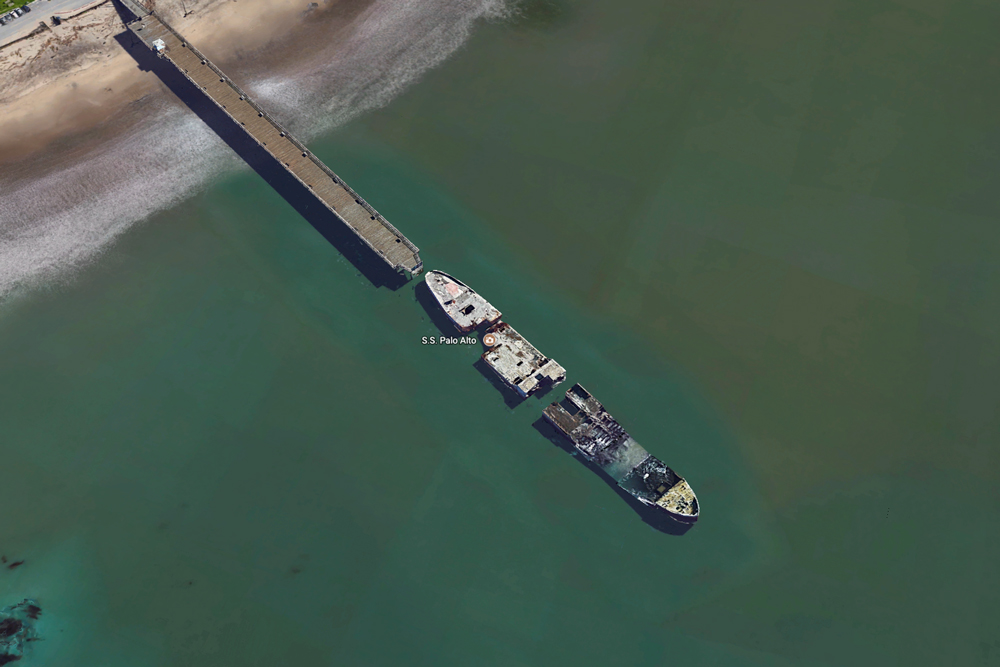
Kākāpō were once widespread across New Zealand but because of predation by invasive introduced mammals they were pushed to the brink of extinction. Watch the video narrated by David Attenborough.

“The payoff is significant, we hope the images raise awareness of the work being done to protect the kākāpō, a taonga of Ngāi Tahu and much loved by New Zealanders and fans all over the world,” Matt says. Kākāpō are also extremely good at camouflage, often we’d search for an hour or so only to look down and find one sitting just meters away. “Crawling through dense bush with an 18 kg camera on your back isn’t easy. The team used helicopters and a beach landing via light aircraft to reach the islands. Google New Zealand’s Matt Jenke says the rugged conditions on the islands made the capture one of the most challenging ever conducted in the country. We’re grateful to Google for making this happen, and particularly to Sir David Attenborough for his support.” We’ve been working on this project for a long time, so it’s great to see this come to fruition. Google provides a way for everyone to experience kākāpō, the special places in which they live, and some of the work that we do to protect them. We want lots of people to be able to see them, but with just 148 individuals, few get the chance. “No one forgets their first kākāpō encounter. This can be viewed alongside the imagery and details about kākāpō conservation efforts in Voyager, Google Earth’s new stories feature.ĭr Andrew Digby, Kākāpō Science Advisor from DOC says it is fantastic to be able to share the world of kākāpō with such a wide audience. Sir David Attenborough lent his support to the project by providing narration for a video about kākāpō and their protected island habitats.


Planning the filming took months due to the remote location and the strict quarantine requirements on the predator-free islands. Google teamed up with DOC and Ngāi Tahu to capture the imagery in November 2017. Only a handful of conservation staff, volunteers and visitors are able to set foot on the islands each year. 360-degree panoramic views of kākāpō and their habitat have been launched globally on Google Maps and Google Earth this week.


 0 kommentar(er)
0 kommentar(er)
